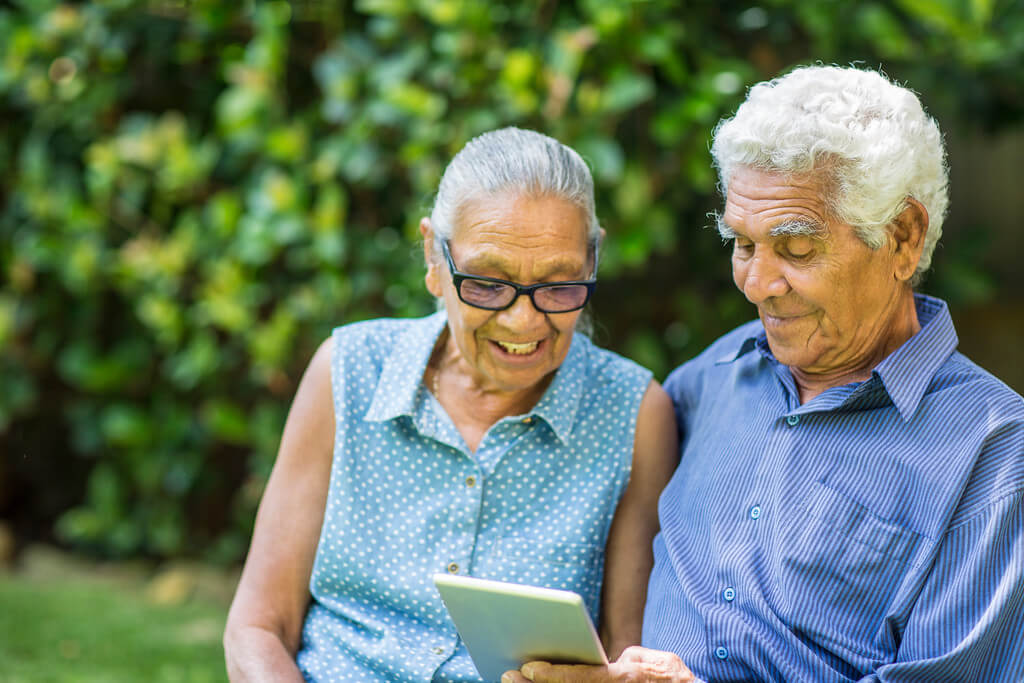Blog
How to prepare for a telehealth consultation
30 April 2020

As our healthcare system adapts to COVID-19, a key change has been the transition of many appointments to telehealth. Telehealth appointments are currently operating in several different ways. Sometimes it is a telephone call from your doctor to you at home, sometimes it is a video conference from your home to your doctor. Other times, you might go in to see your regular GP in person, and then connect with a specialist remotely via video.
It is important not to delay visiting your doctor whether you have already been diagnosed with cancer or whether you have symptoms that you think could be cancer at this time.
It is understandable that the transition to telehealth may feel a little unnatural in the beginning, but there are some simple steps you can take to make sure your appointment runs smoothly.
In advance of your appointment, take some time to have a look at the appointment information provided. If anything is unclear, you should phone the doctor’s practice or administration team. Here are some things you can do to prepare:
1) Check whether video conferencing is possible
Many people prefer to use video as it feels more familiar and is easier to communicate emotion. The availability of video conferencing will depend on the medical practice, the practitioner, and the type of appointment. When booking the appointment, let the practice know that video conferencing is your preferred option and ask whether they would be able to accommodate this.
Some facilities will also use a dedicated appointment platform, which can require you to follow a specialised link provided to join a phone or video call. Click on the link in advance of your scheduled appointment to make sure it works and familiarise yourself with the platform and process. On the day of the appointment, it is a good idea to access the link and start your consultation about 5 to 10 minutes before the scheduled appointment time.
2) Find out who is calling who (i.e. does the doctor call me/do I call the doctor?)
If the appointment is via a regular phone or video call, it can generally be expected that the doctor will call you when it is your appointment time. If this has not been explicitly stated, then contact the medical practice to ask. For all appointments, ensure you are in a quiet place with reliable internet connection or reception, and good lighting if it is via video conference.
3) Find out the steps to follow if the call is late
As with a face-to-face appointment, your appointment may run late. However, as you will not be in the practice you may not have the ability to physically see that your doctor is running late. Ensure you have plenty of time either side of the scheduled appointment and keep your device close by if you are expecting a phone or video call. If you haven’t heard from your doctor for 30 minutes since the appointment time, call the administration practice team at the medical practice to check that your appointment is going ahead as planned.
4) Think of questions you would like to ask
Before your appointment, take some time to write down questions you may want to ask in order to avoid difficulties remembering everything while you are on the call. Also keep a pen and paper with you so you can take notes during the appointment. Make sure to ask your doctor or practice team the health professional for contact details for any follow up questions you may have.
5) Organise a support person to join you during the appointment if possible (i.e. family member, friend, social worker)?
Just as you might bring a support person to your regular appointment, having someone there to support you during your phone or video call telehealth appointment is something that might be helpful for you. When booking the appointment, this is a question that you can ask the medical practice administration.
If the appointment is a direct consultation via a regular phone or video call, then the medical practice can advise you when booking if there is a way that an additional person can attend. If the consultation is via a separate platform, then a link can sometimes be provided for your support person to also join the appointment.
Telehealth isn’t always the answer, but it can certainly make it easier and more convenient to access health and medical consultations. Remember that if you are uncomfortable with telehealth appointments it is OK to discuss this with the medical practice administration team or your health professional and share your concerns. On the flip side, some visits are not appropriate for telehealth consultations (it’s very hard to have a vaccination by telehealth) and your health professional may specifically ask you to come in for an appointment.
Further Info –
Australian Government – Cancer Australia
Queensland Department of Health
Tags

